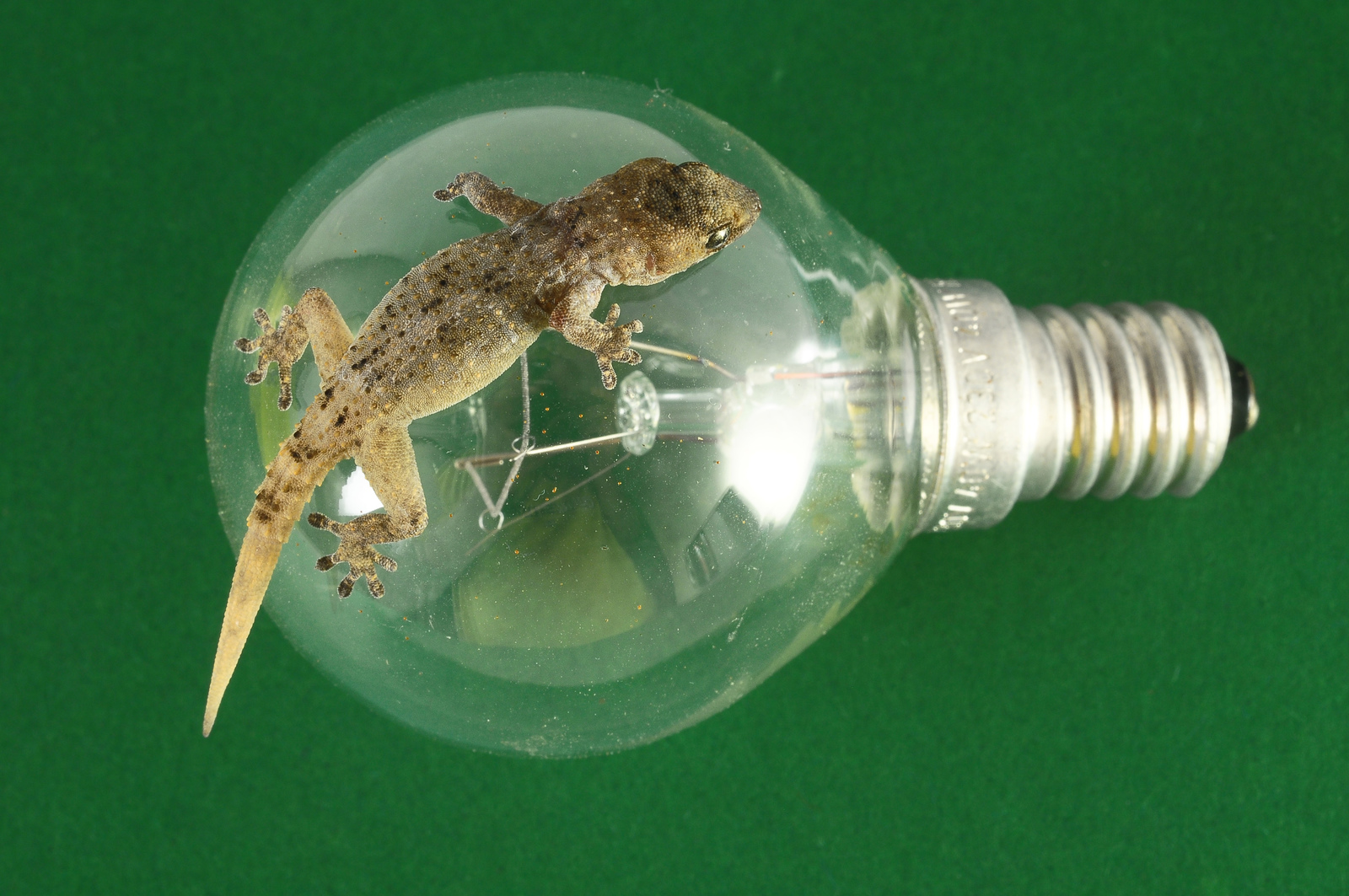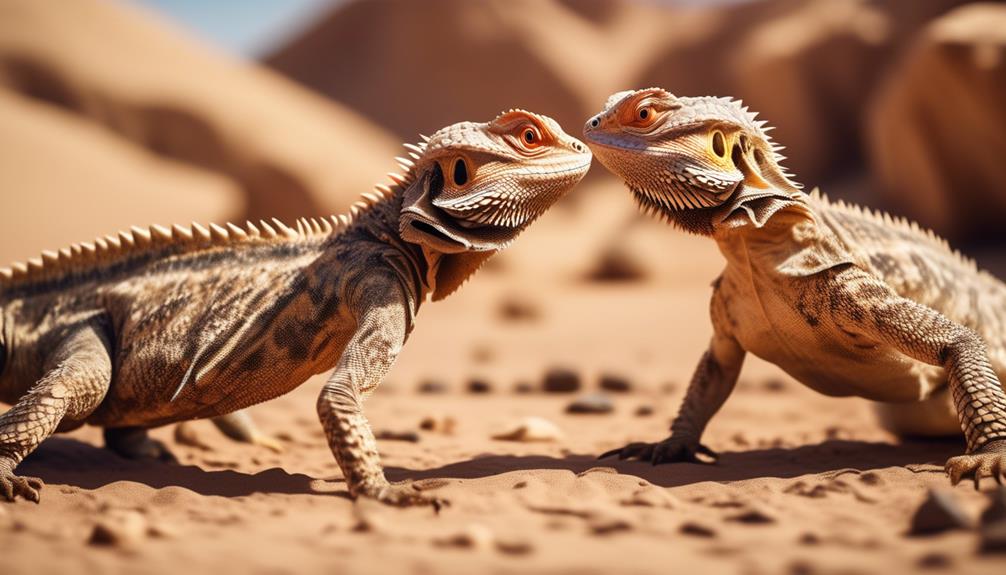🦎 Ever had an unexpected guest in your house, of the four-legged, scaly variety? We’re talking about those house lizards that, for some reason, decide your living room is their new favorite sunbathing spot. If the thought of a lizard in your home makes you jump onto the nearest high ground, don’t fret! We’ve got you covered with a comprehensive guide to catching these little guys without the dramatics or hand wrestling.
Why Read This? For one, lizards, while generally harmless, aren’t your ideal indoor pets. Plus, understanding how to safely and humanely deal with them is knowledge every homeowner should have, especially if you live in lizard-friendly locales. So, How to Catch a Lizard Inside Your House ?
Let’s dive in! 🏊♂️
1. Why Do Lizards Enter Your Home? 🏠
You may wonder why a lizard would venture into human territory. The main reason is food. Your house may be a treasure trove of small insects, a delightful buffet for our scaly friends. Lights left on at night, windows and doors ajar, and gaps in walls are open invitations. It’s like giving them a VIP pass to the best restaurant in town!
2. Where’s Waldo…I mean, The Lizard? 🕵️♂️
Found a lizard in the house and now can’t find it? Lizards often love hanging out in small or covered spaces. Check behind the curtains, under the furniture, and, if you have them, the cool nooks and crannies of stone fireplaces.
Fun Tip: Lizards are more active during certain times of the day. Observing when the lizard is active can give you a better chance of catching that sneaky squatter!
3. To Hand or Not to Hand? ✋🚫
Thinking about catching the lizard with your hands? Stop right there! Not all lizards like to be touched. While catching them by hand can be an adventure, it’s much easier to catch our reptilian wanderer using some good old-fashioned ingenuity. Plus, if you’re the squeamish type (or just don’t want to risk a surprise bite), we’ve got alternative methods coming up!
4. Setting Up The Perfect Lizard Trap 🪤
Alright, the DIYers among you will love this. Set up a homemade lizard trap using a simple box or container. Place some bait inside and wait for the lizard to come exploring. Be sure to check the trap frequently. Once Mr. Lizard is inside, you can easily transport him outside. Remember, the size of the trap should depend on how large the lizard is. We don’t want him feeling too claustrophobic!
5. Luring the Lizard: What Bait to Use? 🐜
Ah, bait! While lizards aren’t quite the same as fish, the principle remains. They’re suckers for a free meal. Small insects are the top gourmet choice for most house lizards. Crickets? Absolutely! Spiders? Oh yes! A few strategically placed in your trap can lure the lizard right in.
Did you know? Lizards have a Jacobson’s organ, which helps them detect prey. They’ll literally “taste” the air with their tongues, guiding them straight to your trap!
6. Making the House a No-Go Zone for Lizards 🚷
If you’re more about prevention than cure, there are ways to make your home less appealing to our scaly invaders. First, check around your house for small openings and gaps, especially near windows and doors. Sealing these will reduce their entry points. Next, control the insect population. No food means no lizards!
Here’s a quick checklist:
- Seal gaps around windows and doors.
- Switch off lights when not needed to avoid attracting insects.
- Maintain your garden, keeping it tidy reduces hiding spots.
- Avoid water accumulation, as it attracts insects and, subsequently, lizards.
7. Releasing Your Scaly Guest Back to the Wild 🌳
Once you’ve got hold of your unexpected house guest, the next step is to release the lizard outside. But how to do this without giving it a fright? A simple tip: cover the lizard gently with a cloth, easing its anxieties. Then, transport it outside, ensuring it’s a fair distance away from your house.
Protip: Release the lizard near some shrubs or grass. They’ll appreciate the instant cover from potential predators.
8. What Kind of Lizard Am I Dealing With? 🔍
You might wonder, “Is it just a common house lizard or the elusive Mexican beaded lizard?” Being able to identify the type of lizard can help you understand their habits and how best to catch one. Most lizards found inside homes are harmless and won’t pose any threat. But it’s always fun to know a bit more about your surprise visitor!
Trivia Time: The Mexican beaded lizard is one of the few venomous lizards. But don’t worry, they’re quite rare and prefer staying in the wild rather than in homes.
9. Safety First: What to Do if The Lizard Bites 🩹
While lizards can look quite menacing with their beady eyes and quick movements, most of them are harmless. But, accidents happen! If you get bitten:
- Wash the area with soap and water.
- Apply an antiseptic to avoid infections.
- Keep an eye on the bite for any unusual reactions.
- If it’s a rare type of lizard and the bite causes symptoms, seek medical attention immediately.
10. Fun Lizard Facts: They Aren’t All Bad! 😄
Now that we’ve dealt with the “lizard in the house” issue, let’s have some fun. Contrary to popular belief, lizards are not just creepy crawlers; they have some fascinating aspects too!
- Eco-Warriors: Lizards help control the population of harmful pests in your home, such as mosquitoes and cockroaches.
- Tails Galore: Some lizards can detach their tails when threatened. The tail continues to wiggle, distracting predators while the lizard makes its escape.
- Masters of Camouflage: Lizards can change color based on their environment. This isn’t just the domain of chameleons; many lizards exhibit this remarkable trait!
Fun Fact: Ever heard a lizard sing? Okay, they don’t really sing, but geckos are known for their vocal cords, producing chirping sounds especially during mating season.
11. Catching Lizards: The Humane Way 🦎❤️
Whenever you set out to catch a lizard, always remember to be humane. While they might not be your favorite creatures, they deserve respect. Avoid harmful traps or methods that might injure or stress them. Humane bait traps, for instance, ensure that the lizard isn’t harmed while waiting to be released.
12. Lizards: Pets or Pests? 🐾
Some people can’t get enough of these little reptiles and keep lizards as pets! From geckos to iguanas, the pet lizard market is booming. If you find yourself getting fascinated by the little guy you found in your living room, maybe it’s time to think about a pet lizard? Remember though, wild lizards might not transition well to captivity. It’s always better to get a pet lizard from a reputable source.
13. Keeping Lizards Away: Long Term Solutions 🚫🦎
If you’re someone who’d rather not have a repeat performance of “The Lizard Chronicles” in your home, consider these long-term solutions:
- Natural Repellents: Certain smells, like eggshells or coffee grounds, can deter lizards.
- Keep Your Home Clean: A clean home is less attractive to pests, and by extension, to lizards.
- Use Screens: Installing screens on windows can prevent the entry of both insects and lizards.
Quick Tip: Remember, lizards are a sign of a healthy ecosystem. If you see one, it means your surroundings are balanced and thriving!
Conclusion : How to Catch a Lizard Inside Your House ?
There you have it! That’s How to Catch a Lizard Inside Your House. Whether you want to catch them, understand them, or even befriend them, we’ve got you covered. Here’s a quick roundup for those on the move:
- Seal gaps to prevent entry.
- Keep a clean house to deter insects (and thus lizards).
- Identify the lizard you’re dealing with.
- Always prioritize safety when catching lizards.
- Consider humane catch and release.
Remember, lizards are just as scared of you as you might be of them. With a little patience, understanding, and humor, you can make the best of a ‘scaly’ situation! 🦎🏠😄


